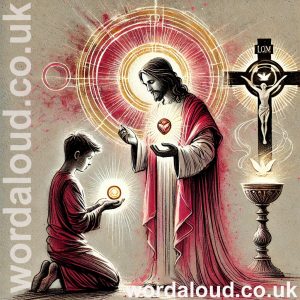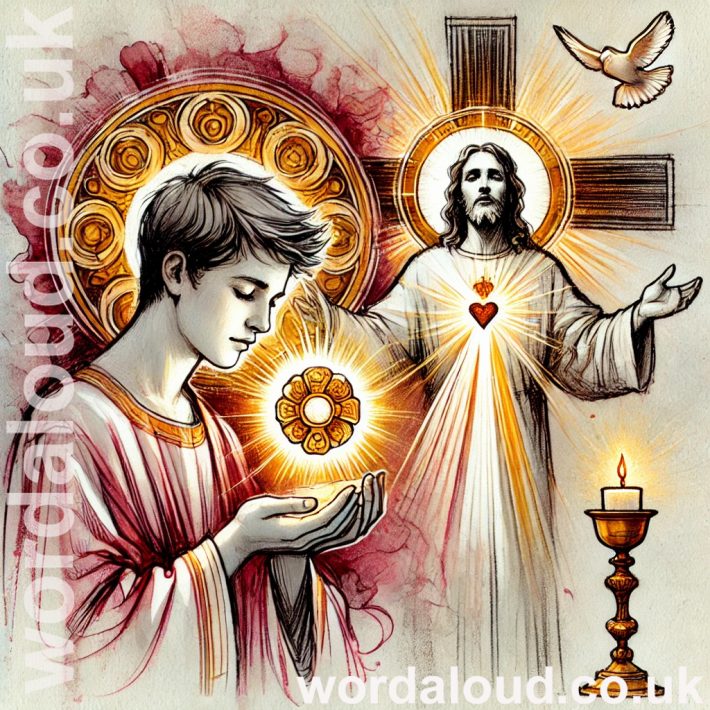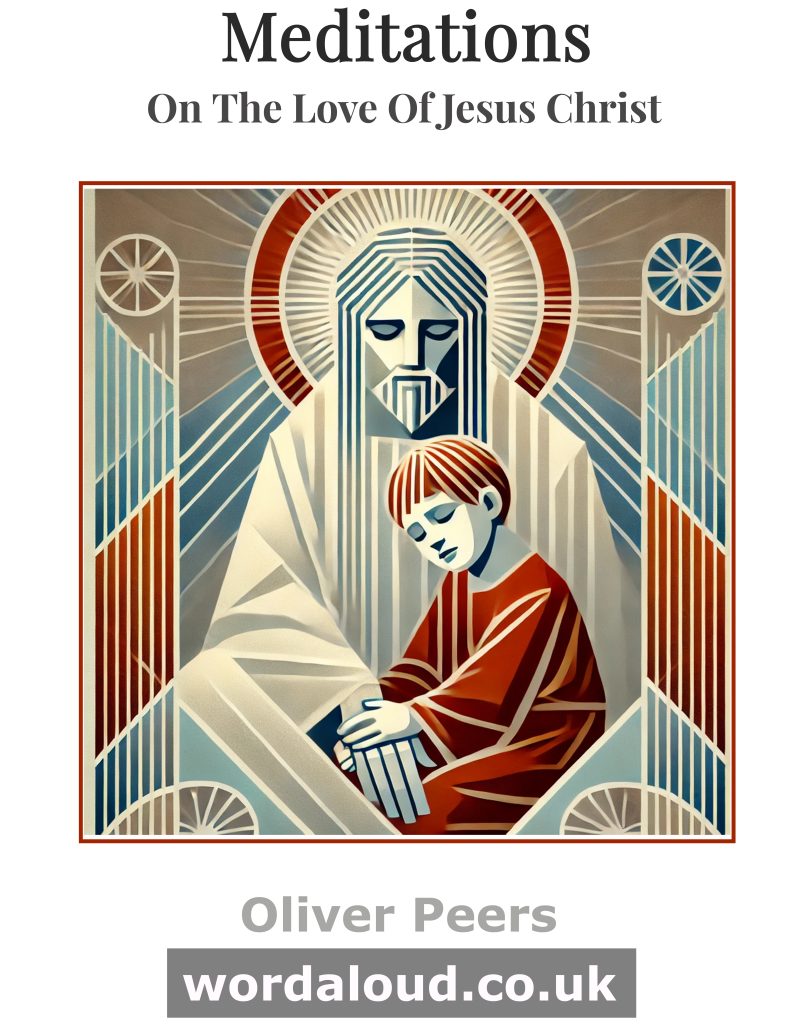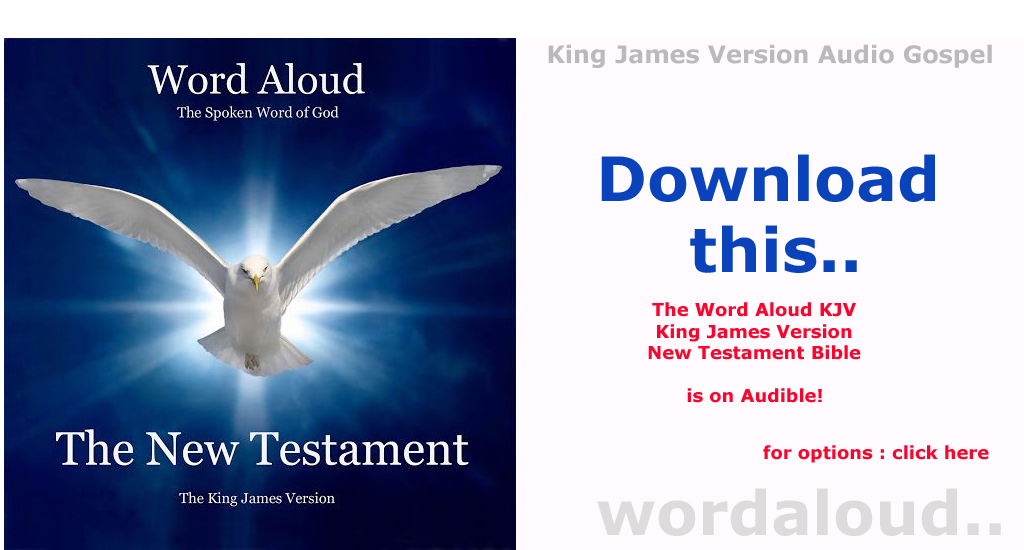Christian Art | A Boy At Prayer With Jesus | Risen Lord | The Eucharist
Office Of Readings | Eastertide Week 5, Sunday | A Reading From The Sermons Of Saint Maximus Of Turin | Jesus Christ Is The Day
‘Christ is the day.’
Resurrection Of Jesus As Cosmic Renewal
The sermon begins with a triumphant proclamation: ‘Christ is risen! He has burst open the gates of hell and let the dead go free.’ This dramatic image immediately places the Resurrection within the context of the Harrowing of Hell, a traditional doctrine in early Christianity that sees Christ descending into the realm of the dead to liberate the righteous. The Resurrection is not limited to the physical body of Jesus—it triggers a universal release and upward movement: the dead rise, the Church is renewed through baptism, and the doors of heaven are opened.
Maximus’s vision is cosmological—it encompasses hell, earth, and heaven. Each realm participates in this Paschal ascent:
- Hell releases its captives.
- Earth brings forth the newly baptized and resurrected.
- Heaven receives the redeemed.
This mirrors the great Paschal movement of salvation history: Jesus Christ descends in humility and death, then ascends, drawing all creation upward with him. In theological terms, this is a dynamic portrayal of Christ as the new Adam, who not only reverses the curse of death but inaugurates a new order of life.
Jesus Christ The Day | Light As Theological Metaphor
Saint Maximus pivots to a profound metaphor of light: ‘Christ is the day.’ Drawing from Romans 13:12 (‘The night is far gone; the day is at hand’) and John 1:5 (‘The light shines in the darkness…’), Maximus reflects on how Christ’s resurrection dispels the night of sin and death. The contrast between light and darkness, long used in both Greco-Roman philosophy and Jewish scripture, is reinterpreted in light of the Resurrection.
Here, ‘day’ is not a span of 24 hours, but the eternal radiance of the risen Christ. Unlike earthly day and night cycles, this day is unending and unshadowed. Theologically, this affirms the eschatological nature of the Resurrection—it marks the beginning of a new age in which the darkness of sin has no dominion.
Maximus weaves in Christological insight: the Son is the Day to whom the Day—the Father—communicates divine light. This suggests a Trinitarian relationship, where the light of Christ reveals the hidden divinity of the Father. The Resurrection thus becomes a revelation not only of salvation, but of God’s inner life and glory.
The Light Of Jesus That Dispels Sin
In a deeply pastoral turn, Maximus assures his audience that this light is not merely doctrinal but transformative: ‘The coming of Christ’s light puts Satan’s darkness to flight, leaving no place for any shadow of sin.’ This evokes John’s Gospel and First Epistle, where walking in the light means communion with God and others.
The image of light here becomes a moral imperative. The Resurrection is not only something to be believed in but to be lived out. Christians are called to walk in this light, to shed the works of darkness, and to reflect the brightness of Christ. This ties into Easter as the season of baptismal renewal, when the newly baptized enter the Church and all the faithful renew their baptismal vows.
Universality Of The Resurrection Of Jesus
One of the sermon’s most moving appeals is its invitation to sinners: ‘Let no one, conscious of his sinfulness, withdraw from our common celebration… For if a thief could receive the grace of paradise, how could a Christian be refused forgiveness?’ This references the Good Thief (Luke 23:43) and offers a powerful message of hope.
In this way, Maximus extends the theology of light and Resurrection to include the mercy of God. No one is excluded from the Paschal joy—not the sinful, not the outcast, not even the dying. The Resurrection is a radical welcome into the life of God. This echoes the Church’s Easter proclamation: ‘This is the night… when even sin is turned to blessing.’
Liturgical And Pastoral Dimensions
Saint Maximus was preaching to real people in a real church, likely during the Easter Octave or Easter season. His sermon served not just to educate, but to ignite joy, hope, and confidence in salvation. He urges the faithful to rejoice and participate, not to exclude themselves because of guilt or sin.
The liturgical implications are clear:
- Easter is a time of celebration, not of judgment.
- The Church is a place of inclusion and forgiveness, not condemnation.
- The resurrection is not abstract—it is personal, ecclesial, and universal.

A Reading From The Sermons Of Saint Maximus Of Turin | Jesus Christ Is The Day
Christ is risen! He has burst open the gates of hell and let the dead go free; he has renewed the earth through the members of his Church now born again in baptism, and has made it blossom afresh with men brought back to life. His Holy Spirit has unlocked the doors of heaven, which stand wide open to receive those who rise up from the earth. Because of Christ’s resurrection the thief ascends to paradise, the bodies of the blessed enter the holy city, and the dead are restored to the company of the living. There is an upward movement in the whole of creation, each element raising itself to something higher. We see hell restoring its victims to the upper regions, earth sending its buried dead to heaven, and heaven presenting the new arrivals to the Lord. In one and the same movement, our Saviour’s passion raises men from the depths, lifts them up from the earth, and sets them in the heights.
Christ is risen. His rising brings life to the dead, forgiveness to sinners, and glory to the saints. And so David the prophet summons all creation to join in celebrating the Easter festival: Rejoice and be glad, he cries, on this day which the Lord has made.
The light of Christ is an endless day that knows no night. Christ is this day, says the Apostle; such is the meaning of his words: Night is almost over; day is at hand. He tells us that night is almost over, not that it is about to fall. By this we are meant to understand that the coming of Christ’s light puts Satan’s darkness to flight, leaving no place for any shadow of sin. His everlasting radiance dispels the dark clouds of the past and checks the hidden growth of vice. The Son is that day to whom the day, which is the Father, communicates the mystery of his divinity. He is the day who says through the mouth of Solomon: I have caused an unfailing light to rise in heaven. And as in heaven no night can follow day, so no sin can overshadow the justice of Christ. The celestial day is perpetually bright and shining with brilliant light; clouds can never darken its skies. In the same way, the light of Christ is eternally glowing with luminous radiance and can never be extinguished by the darkness of sin. This is why John the evangelist says: The light shines in the darkness, and the darkness has never been able to overpower it.
And so, my brothers, each of us ought surely to rejoice on this holy day. Let no one, conscious of his sinfulness, withdraw from our common celebration, nor let anyone be kept away from our public prayer by the burden of his guilt. Sinner he may indeed be, but he must not despair of pardon on this day which is so highly privileged; for if a thief could receive the grace of paradise, how could a Christian be refused forgiveness?

Glossary Of Terms
- Resurrection
The rising of Jesus Christ from the dead on the third day after his crucifixion. It is the central event of the Christian faith and signifies Christ’s victory over sin and death. - Harrowing of Hell
A traditional belief that after his death, Christ descended into the realm of the dead (or ‘hell’) to free the righteous who had died before his coming and lead them to heaven. - Paschal
Relating to Easter or the Passover. In Christian usage, ‘Paschal’ typically refers to the mystery of Christ’s passion, death, and resurrection. - Baptism
The Christian sacrament of initiation and rebirth. Through baptism, a person is cleansed of sin, becomes a member of the Church, and participates in the death and resurrection of Christ. - Ecclesial
Relating to the Church. The term describes matters that pertain to the Christian community, its structures, or its mission. - Christology
The branch of theology dealing with the nature, person, and works of Jesus Christ. In the context of this reading, Christology informs the understanding of Christ as ‘light’ and ‘day’. - Eschatological
Pertaining to the ‘last things’ or end times. Eschatology includes teachings on death, judgment, heaven, hell, and the final destiny of humanity. The Resurrection has eschatological significance as it inaugurates the new creation. - Trinitarian
Referring to the Christian doctrine of the Trinity—Father, Son, and Holy Spirit. Trinitarian theology explores the relationships and unity between the three Persons of one God. - Cosmic
Involving the entire universe. In theological contexts, it often describes salvation as not only personal but affecting the whole of creation. - Light (as a theological metaphor)
Symbolizes Christ, truth, goodness, and divine revelation. Light dispels darkness (sin and ignorance) and leads to knowledge of God. Frequently used in scripture and early Christian preaching. - Sin
An offense against God’s law and love. Sin separates individuals from God but is overcome through Christ’s death and resurrection. - Redemption
The act by which Christ delivered humanity from the power of sin and death, often understood as a ‘buying back’ or ransom through his sacrifice. - Good Thief (Penitent Thief)
The criminal crucified next to Jesus who asked to be remembered in Jesus’ kingdom (Luke 23:39–43). He is seen as a symbol of repentance and hope. - New Adam
A title for Christ drawn from St. Paul’s theology, referring to Jesus as the one who undoes the sin of the first Adam and inaugurates a new creation. - Apostolic
Related to the apostles or derived from their teachings. In the sermon, reference is made to ‘the Apostle’—likely St. Paul—who speaks of Christ as the coming day. - Solomon (as speaker)
In early Christian interpretation, the wisdom literature attributed to Solomon was often seen as prophetic and referring to Christ. Maximus quotes Solomon as if Christ is speaking through him. - Evangelist
A writer of one of the four Gospels (Matthew, Mark, Luke, and John). In the sermon, ‘John the evangelist’ refers to the author of the Gospel of John. - Octave of Easter
The eight-day period beginning on Easter Sunday and ending on the following Sunday (Divine Mercy Sunday). It celebrates the Resurrection in an extended solemn feast. - Luminous Radiance
A poetic phrase used to describe the uncreated, eternal light of Christ—his divine glory, which cannot be diminished by sin or death. - Paradise
Another term for heaven or the presence of God. In Christian theology, it represents the state of perfect communion with God, restored by Christ.







